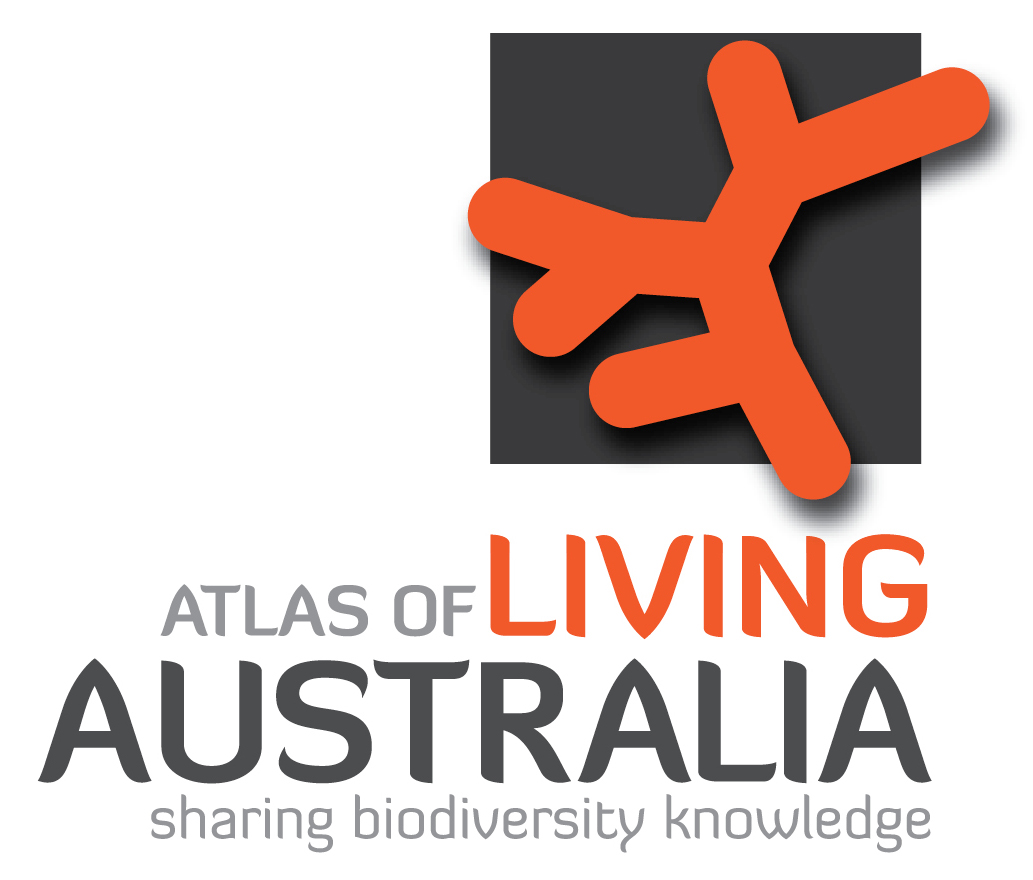Phylum Nemertea
Common names: ribbon worms, proboscis worms
Overview
Nemerteans are a small phylum of opaque, often colourful, cylindrical or flattened, unsegmented worms. They are generally cryptic and found in small numbers, but are ubiquitous in marine and freshwater sediments. They can also be found in plankton, and in moist terrestrial environments. Nemerteans range in length from a few millimetres to several metres. Their common characteristic feature is a distinctive, large, eversible proboscis, which is used to capture food. Nemerteans were originally thought related to platyhelminths, but recent embryological and molecular evidence points to an evolutionary relationship with molluscs and annelids. Other evidence suggests that they may represent an evolutionary line separate from most other phyla.
Distribution and diversity
Over 1000 species have been described worldwide, but this is thought to be only a small proportion of the total number of species. Around 80 species from 18 families have been described from Australia. There are four orders of Nemertea, but one, Paleonemertea, is only found in marine habitats.
Hoplomertea are identified by the following characters: gut straight and most often with lateral diverticula; proboscis and moth open into a common orifice; proboscis armed with a stylet; lacking suction organs.
Bdellonemertea are mostly marine, however one species is a commensal on a freshwater gastropod. The Bdellonemertea possess the following characteristics: gut convoluted and without diverticula; proboscis opens into the foregut; proboscis unarmed; presence of a large posterior sucker.
Heteronemertea are terrestrial or aquatic, and are identified by the following characters: gut straight and with lateral diverticula; proboscis projected from its own orifice, not accociated with the mouth; lacking suction organs.
Life cycle
The life cycle of nemerteans varies considerably. All have separate sexes, but asexual reproduction by fragmentation is also known in some species. Many species have external fertilization, but internal fertilization occurs in some species. Some nemerteans have a direct life cycle and some nemerteans undergo a complex metamorphosis. The class Hoplonemertea has a direct life cycle, with a small version of the adult emerging from the egg. There may or may not be a short planktonic stage in freshwater aquatic species, but during any planktonic stage no feeding occurs and nutrition is supplied by stored egg yolk. The class Heteronemertea has a distinctive planktonic larval stage which feeds, and undergoes a complex metamorphosis to the benthic adult forms. The duration of most nemertean life cycles are not known, but many are though to be relatively long lived, surviving for a year or more. Relatively few eggs are produced, mostly singly, but occasionally they are laid together in a gelatinous matrix.
Feeding
Nemerteans are mostly carnivorous, feeding mostly on annelids and crustacea using their distinctive evertible proboscis. The proboscis is extended rapidly after built-up pressure in an internal, fluid-filled sac is suddenly released, and prey is trapped by entanglement (Heteronemertea) or teeth (Hoplonemertea). Teeth may have neurotoxic secretions.
Ecology
Aquatic nemerteans are often found buried in sediment or under rocks and amongst plant life. They are normally slow moving, using either cilia (in small species) or muscular contractions of the body (in larger species). Whilst most species are carnivorous, some are either scavengers or symbionts on crustaceans or molluscs.

A nemertean with proboscis withdrawn
Image credit: Photographer: Erich S. Volschenk
� Western Australian Museum

A nemertean with proboscis extended
Image credit: Photographer: Erich S. Volschenk
� Western Australian Museum
References and further information
ABRS Australian Faunal Directory: Nemertea
Atlas of Living Australia: Nemertea
Encyclopedia of Life: Nemertea
Tree of Life: Nemertea
Australian Freshwater Invertebrates - Nemertea
Polychaetes (worms which are not Polychaetes):








